Brian Allemekinders and Deidre Yukich say that despite their new home being twice the size of their previous home, it consumes half the energy to operate. With a passive solar design, airtightbuilding envelopeand no thermal bridging, this family enjoys an energy-efficient home with superior indoor air quality.
Structural Insulated Panels(SIPs) are fairly common in the building industry, and refer to prefabricated wall sections that comprise the building structure as well as the insulation. Largely due to the performance as well as speed and ease of SIPs installation, new players regularly enter the market with a variety of designs and materials.
K-Tect总部位于内华达州拉斯维加斯,渥太华的“最健康的家”将成为加拿大东部的经销商。与大多数SIPS相比,这个面板不包含木材。Instead the structure is made of light-gauge metal studs with anEPS (expanded Polystyrene)foam-filled cavity. The metal does not pass through the wall panel, so there is nothermal bridgingto cause heat loss.
泡沫保温制品长期处于绿色建筑的灰色地带。泡沫是一种以石油为基础的产品,到目前为止,它在生产过程中对臭氧消耗或高温室气体排放有重大影响。然而,考虑到它们的耐久性和性能,它们仍停留在绿色建筑产品的领域。
 |
|
Installation of K-Tect Insulated panels. © K-tect
|
What K-Tect offers is a similar quality product with an R value of 4 per inch, but according to the company, their product uses less raw materials than competitors, andgreenhouse gasesare mechanically removed, captured, and used to power production.
“The pentane gas is extracted from the foam beads and used to power the machinery, creating a closed-loop system with a final product that has no off-gassing to affectindoor air quality” Says Ken Miller, owner of K-Tect.
With the elimination of off-gassing, K-Tect panels are GREENGUARD Certified (a rating system of indoor air quality) and were part of Utah’s first everLEED Platinum Certifiedmedical building.
The panels are resistant to insects, rodents and moisture, and have a superior fire rating. With continued exposure to flame, the panels melt and only release carbon dioxide.
With both the foam and metal being 100% recyclable, it is unlikely the panels would end up contributing to landfill at the end of their lifecycle.
Having addressed two major concerns of foam as a building material (greenhouse gases and end product off-gassing), this could hopefully spark some changes in the industry. Foam insulation companies have put a lot of effort into marketing their products as green, so it is nice to see the product catching up to the reputation.


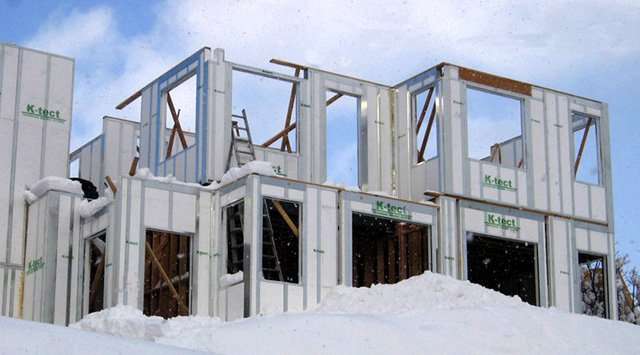















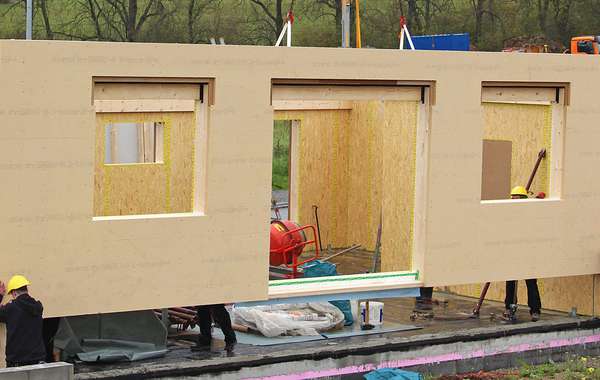
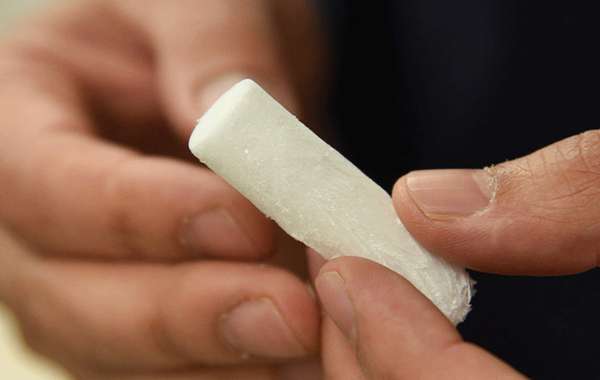
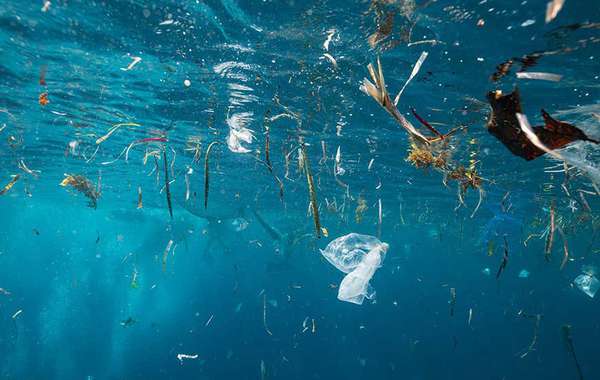

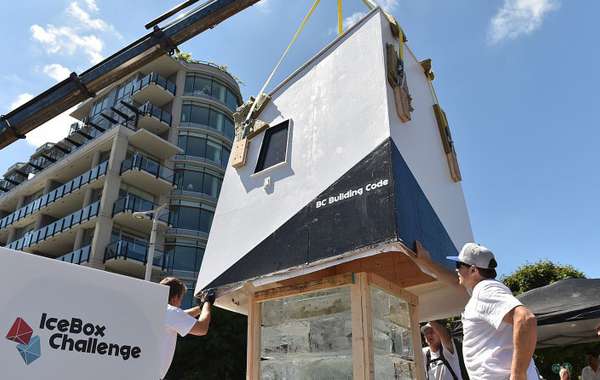
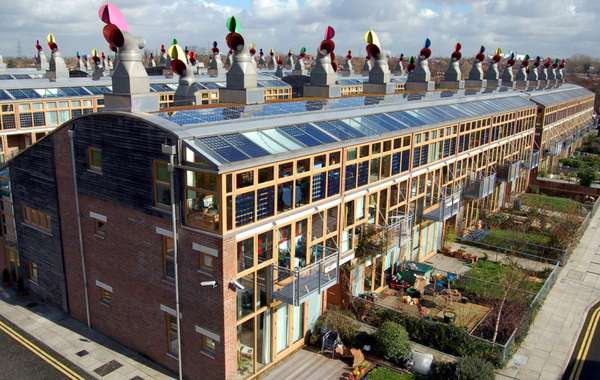
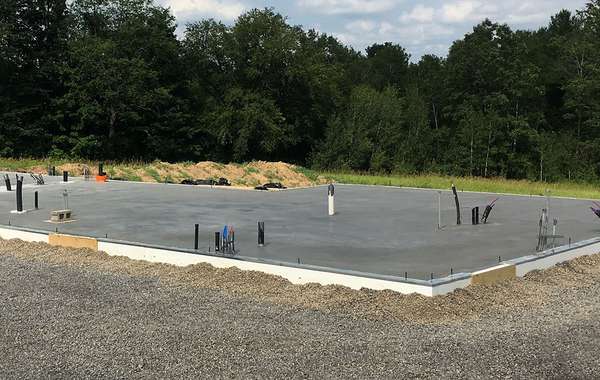
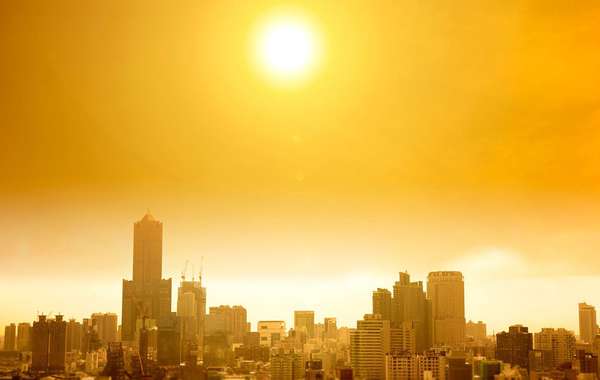

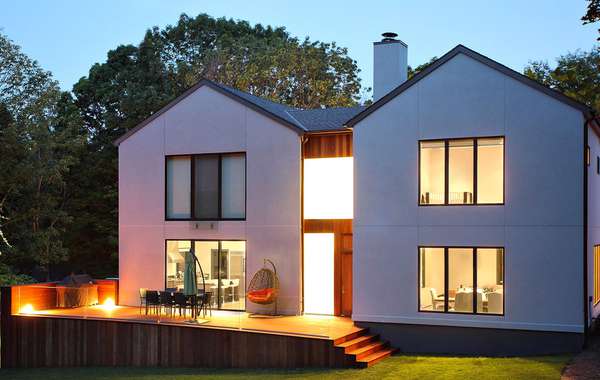
Comments (0)
Sign Up to Comment